
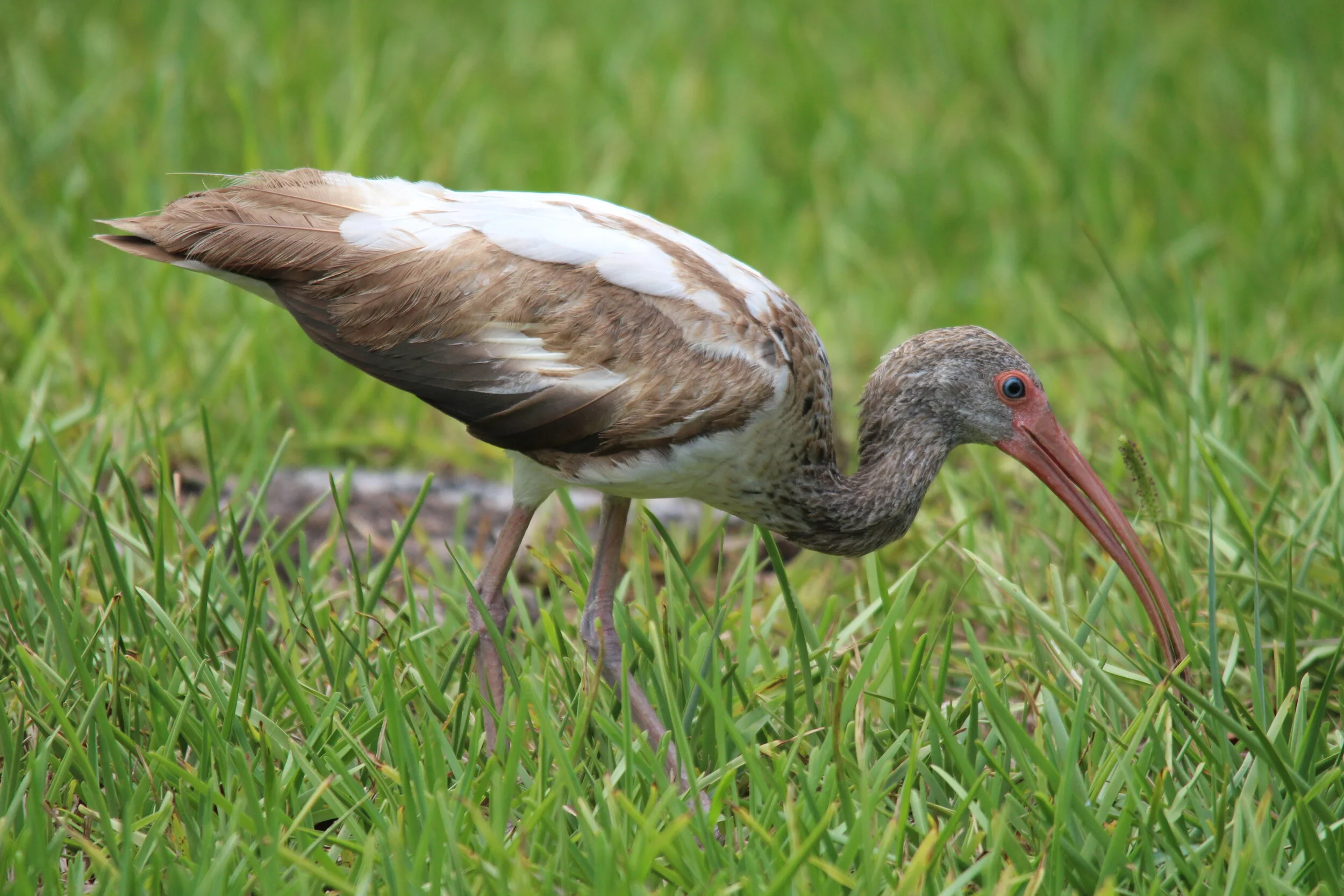
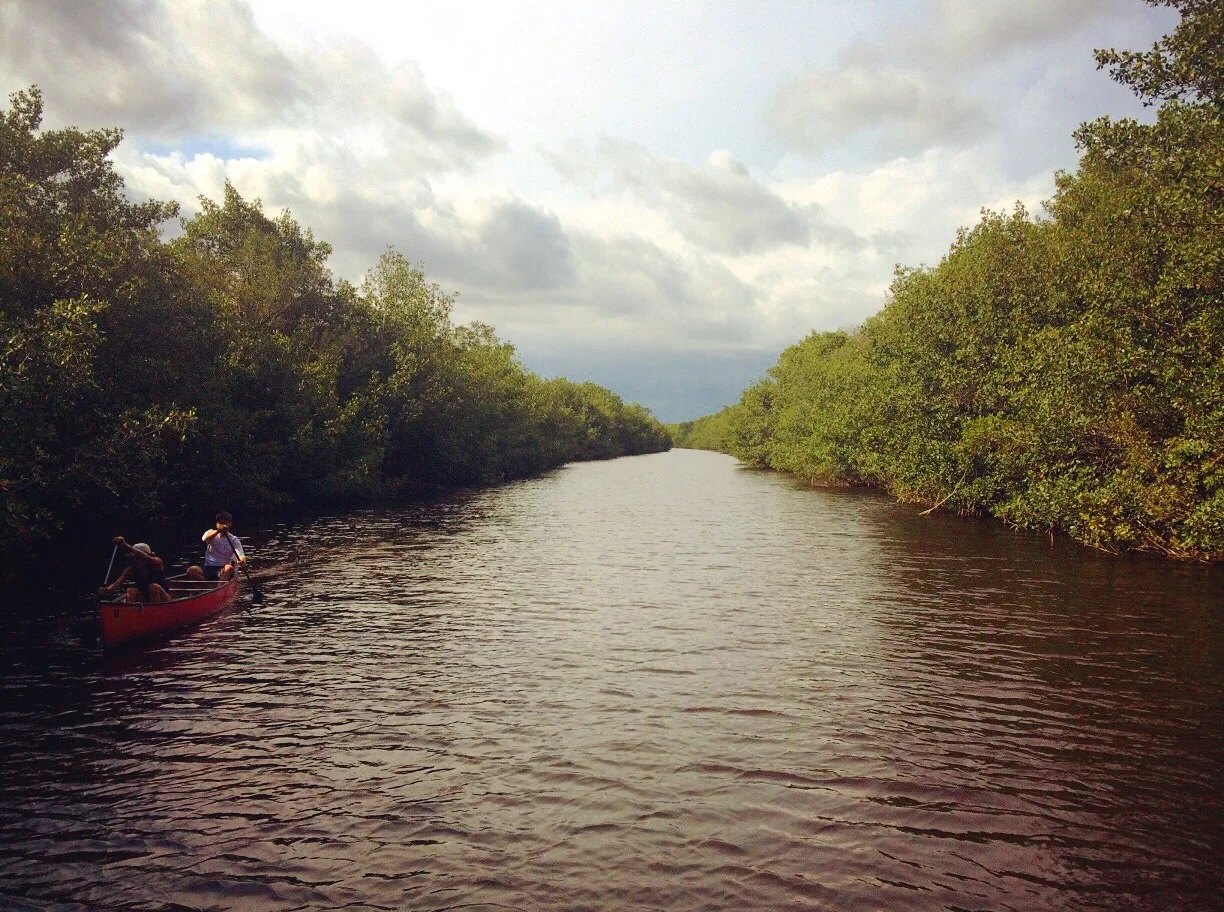
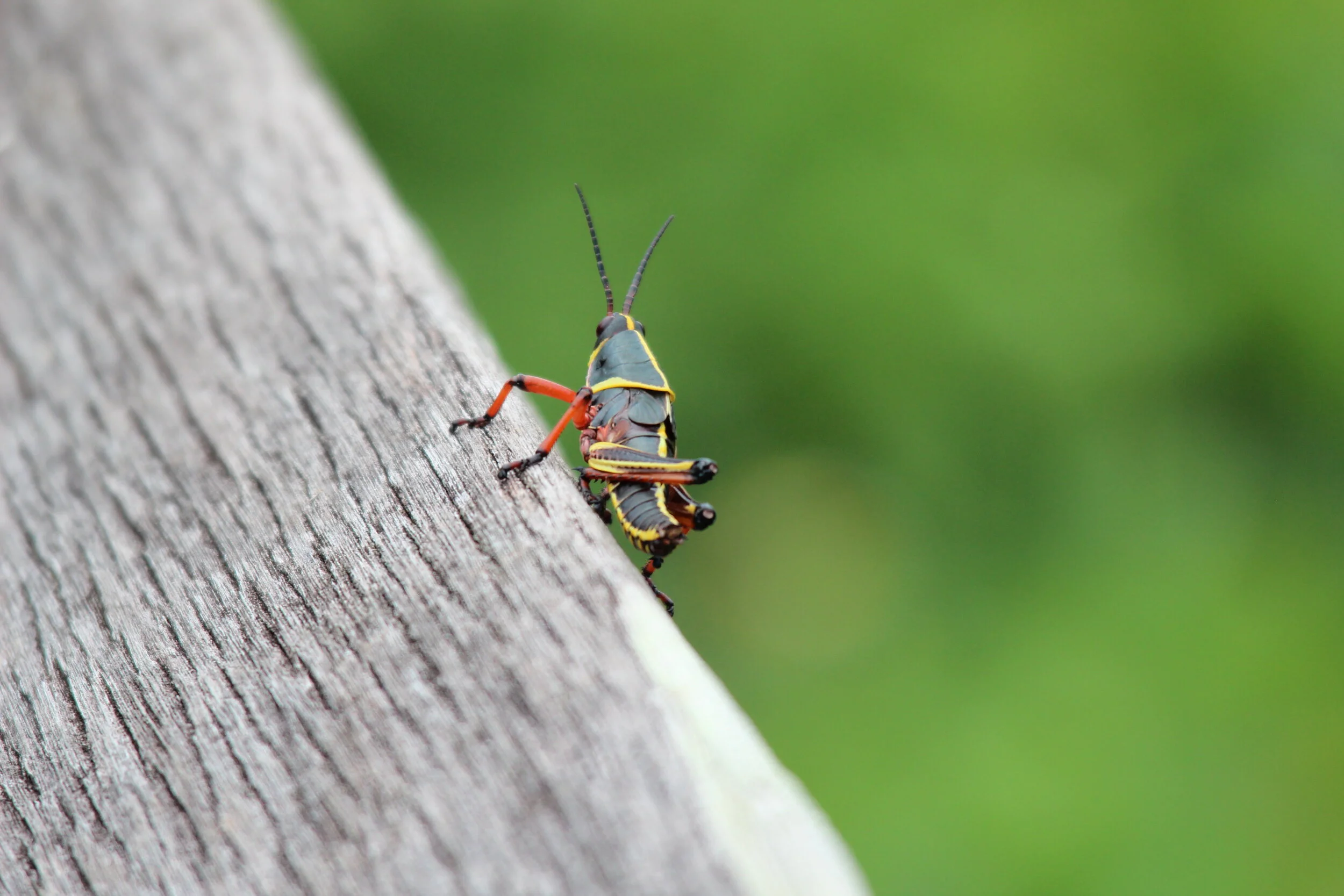
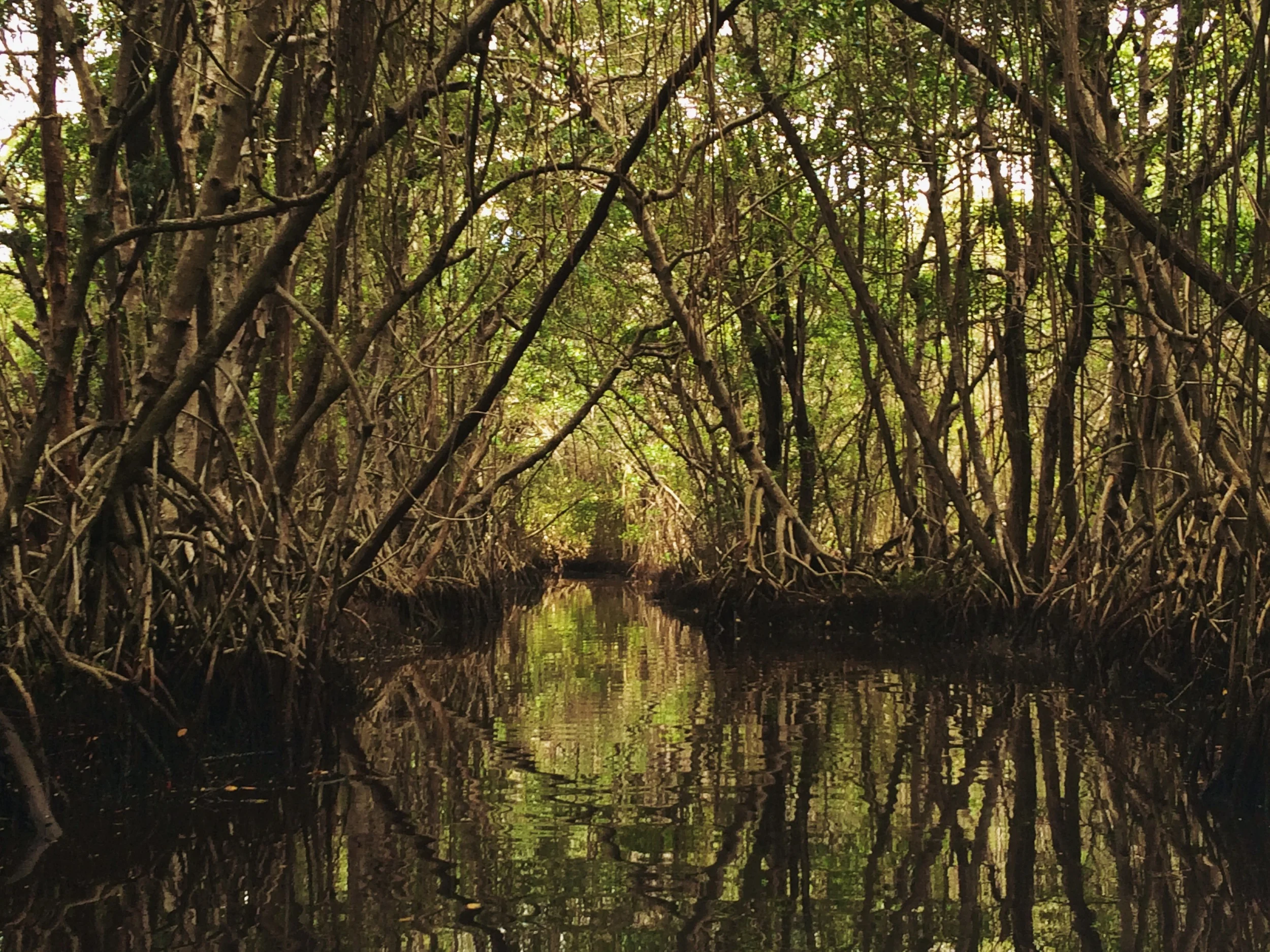
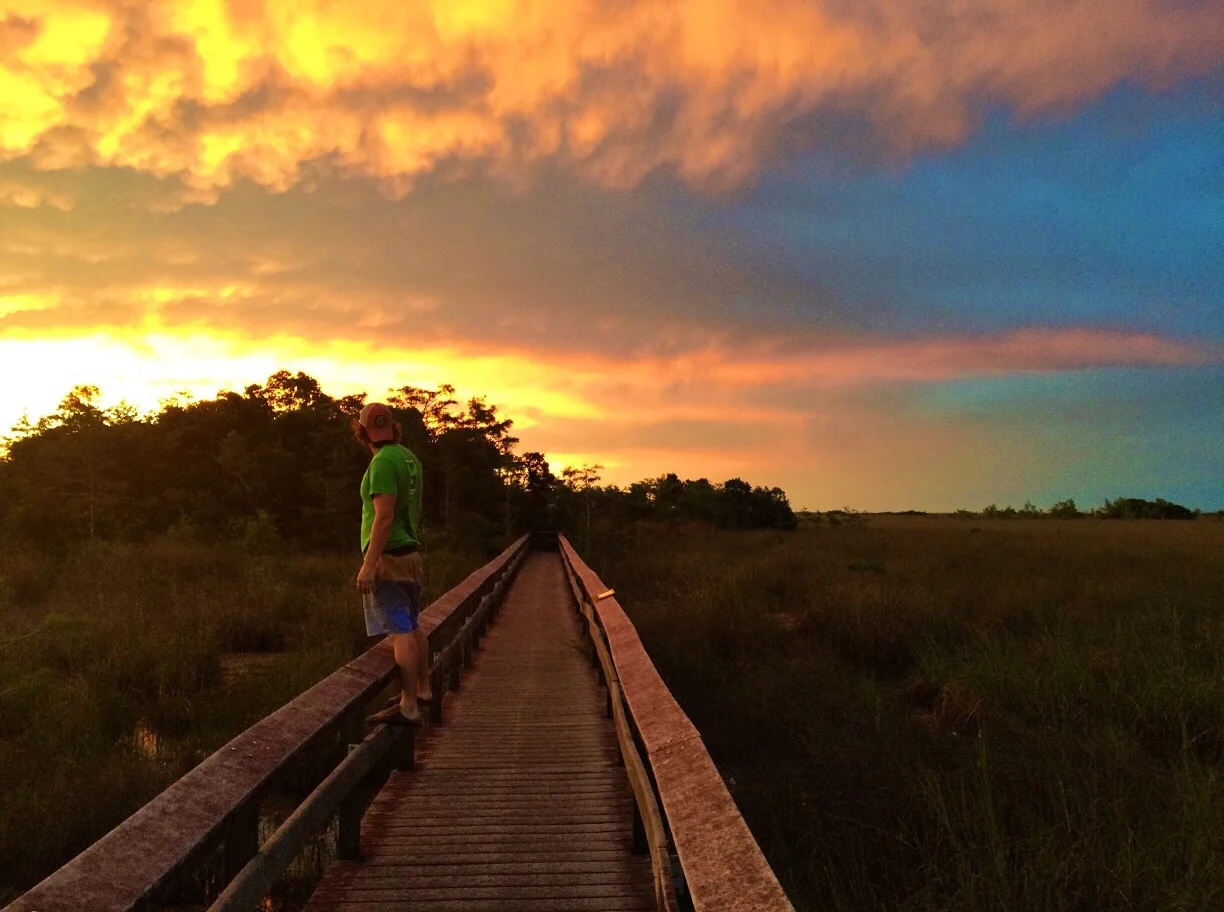
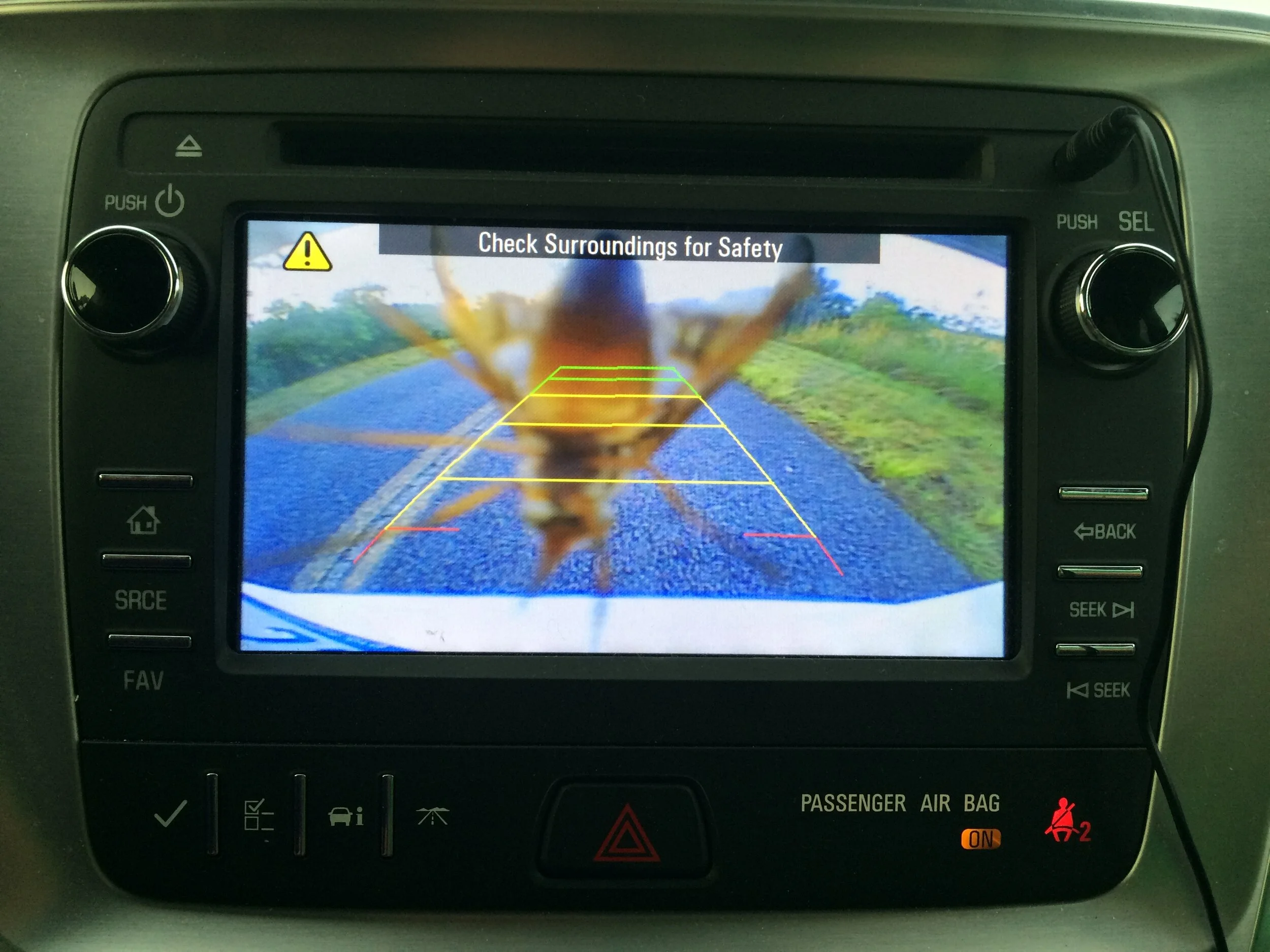

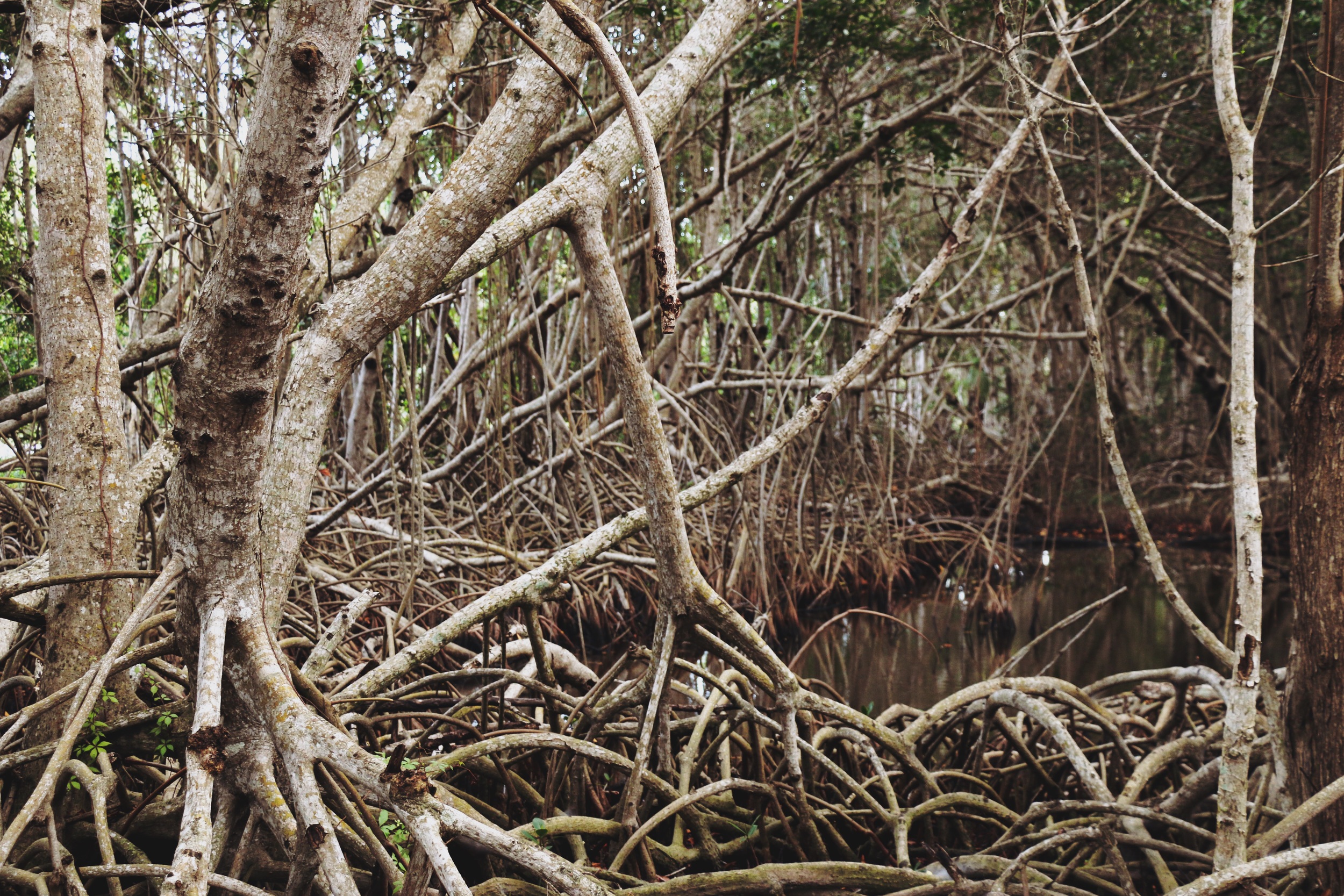



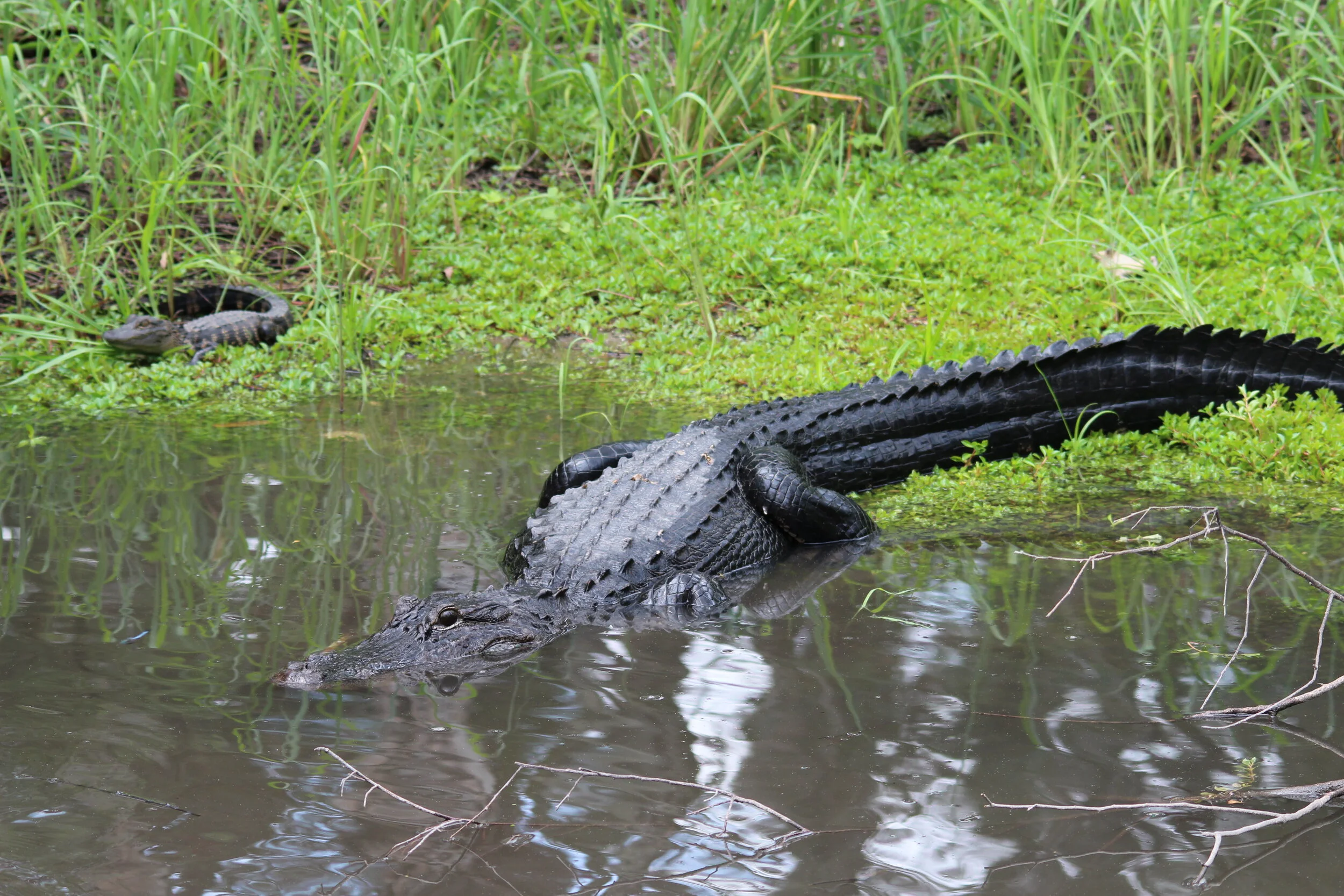
Your Custom Text Here
Park Number: 48/63
First Visited: May 22, 2015
Everglades is one of my favorite parks in the NPS system, not only because of what it contains but because of what it represents. In 1934 this park became the first section of land to be set aside and protected for the sole purpose of environmental preservation—there was no monumental scenery to utilize for tourism, no mountains to traverse, no larger-than-life biomass to baffle visitors. Most just saw the swamp as an endless sea of grass.
But what it did have, and still does, was a glimpse into the NPS system’s future: a delicate ecosystem filled with unique flora and fauna highly susceptible to the threat of humanity’s developmental recklessness. This transgressed by means of poaching, water pollution, invasive species, water usage (specifically filtering down from Lake Okeechobee, which takes about a year to flow from the lake to the estuaries of the Everglades), and rising water levels (the highest natural point in southern Florida is eight feet above sea level).
This was also the first time the government recognized the necessity of greater ecosystems as well, protecting Big Cypress National Preserve as an extension of the Everglades. Without these parks, I believe, we wouldn’t have seen the essential environmental protection policies that then developed over the subsequent decades.
The area is still threatened, now more than ever, but continues standing as the symbol of hope for which it was originally established.
Everglades is the ancestral lands of the Calusa Tribe.
Related Articles:
5 Destinations for Epic Kayak Trips
Park Number: 48/63
First Visited: May 22, 2015
Everglades is one of my favorite parks in the NPS system, not only because of what it contains but because of what it represents. In 1934 this park became the first section of land to be set aside and protected for the sole purpose of environmental preservation—there was no monumental scenery to utilize for tourism, no mountains to traverse, no larger-than-life biomass to baffle visitors. Most just saw the swamp as an endless sea of grass.
But what it did have, and still does, was a glimpse into the NPS system’s future: a delicate ecosystem filled with unique flora and fauna highly susceptible to the threat of humanity’s developmental recklessness. This transgressed by means of poaching, water pollution, invasive species, water usage (specifically filtering down from Lake Okeechobee, which takes about a year to flow from the lake to the estuaries of the Everglades), and rising water levels (the highest natural point in southern Florida is eight feet above sea level).
This was also the first time the government recognized the necessity of greater ecosystems as well, protecting Big Cypress National Preserve as an extension of the Everglades. Without these parks, I believe, we wouldn’t have seen the essential environmental protection policies that then developed over the subsequent decades.
The area is still threatened, now more than ever, but continues standing as the symbol of hope for which it was originally established.
Everglades is the ancestral lands of the Calusa Tribe.
Related Articles:
5 Destinations for Epic Kayak Trips